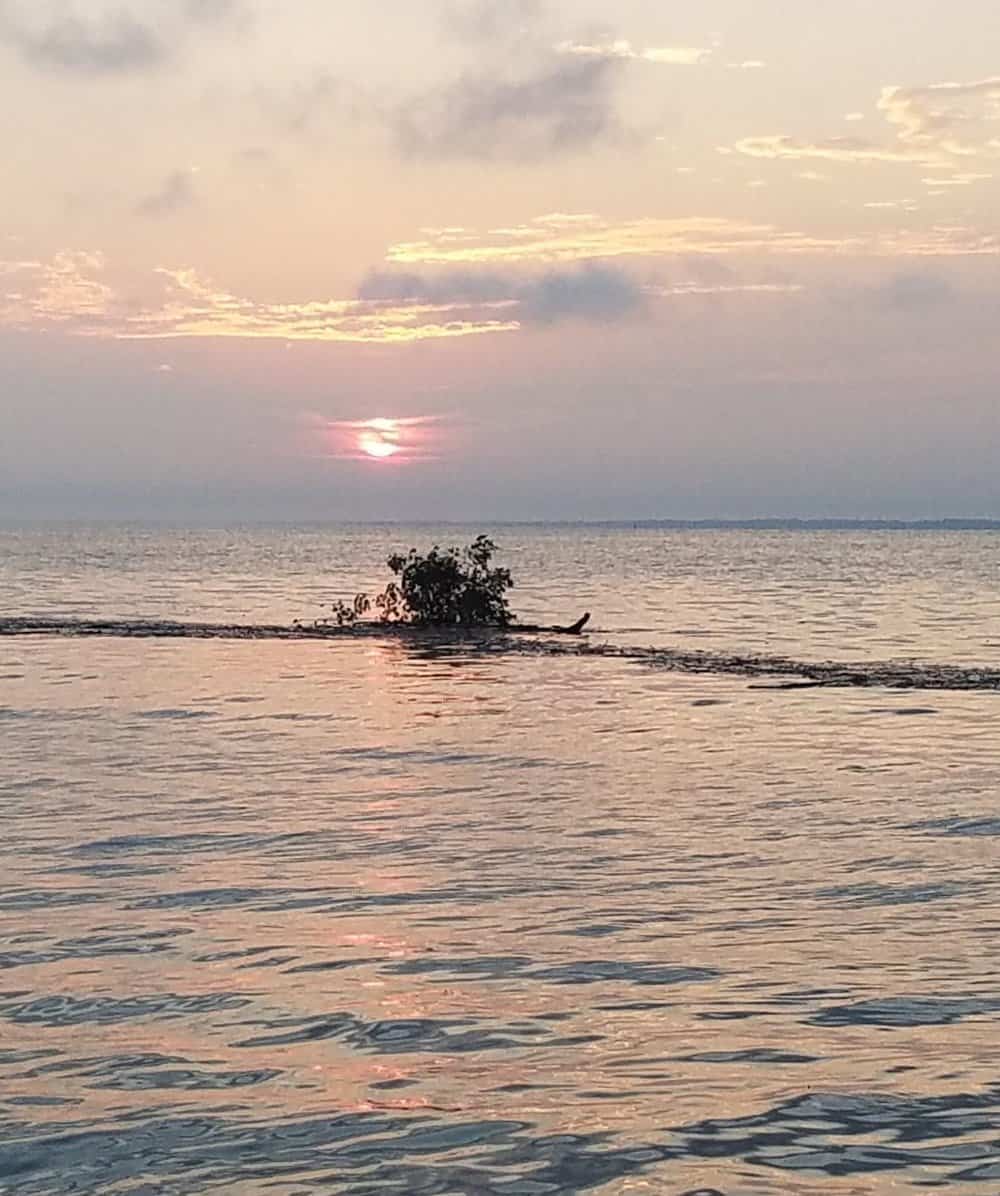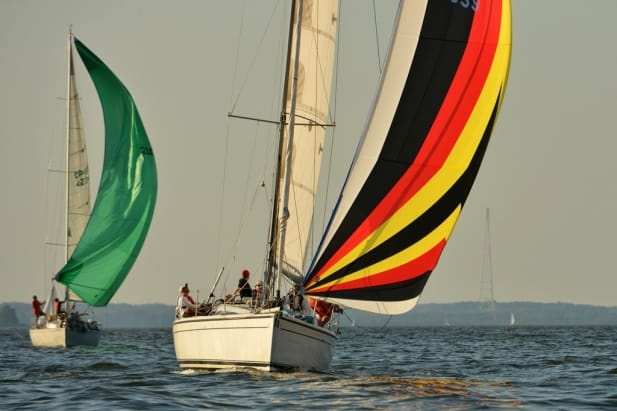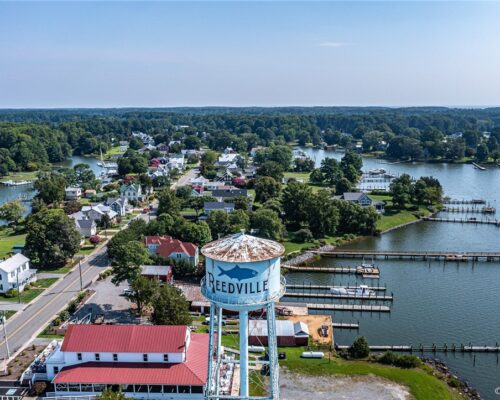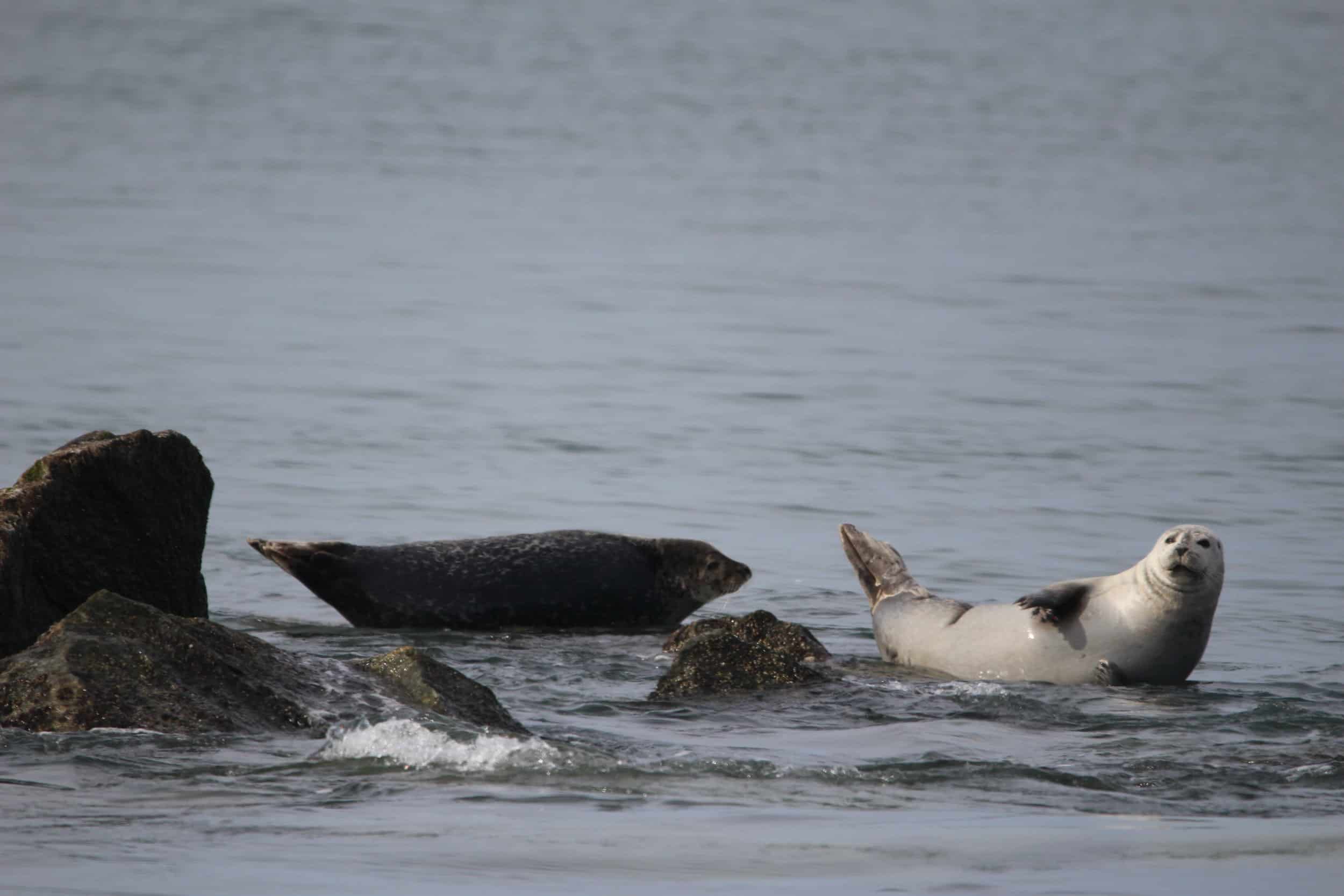For the first time in its 45-year history, the Governor’s Cup Yacht Race has been canceled, over concerns about the dangerous debris floating in the Bay after last week’s heavy rainstorms.
The Chesapeake Bay’s oldest and longest overnight race runs from Maryland’s current capital city, Annapolis, to its original capital, St. Mary’s City. Two additional race legs start at Dahlgren on the Potomac River and Fishing Bay, both also finishing in St. Mary’s City.
But this year, rainstorms caused a ripple effect from the Conowingo Dam all the way to St. Mary’s.

The dam’s opened over 20 spill gates last week after reaching moderate flood stage and seeing historic water flow levels to the dam. But, after opening the gates, debris from the Susquehanna poured into the Chesapeake and made its way south, causing widespread problems for boaters and beachgoers.
On Wednesday, Adam Werblow, the Governor’s Cup regatta chair, made the decision to cancel the 2018 Governor’s Cup, citing that debris on the course increased the danger to navigation for the overnight race, and forecasts for continued rainfall will only make the conditions worse.
Though the starting sequences of races in the Governor’s Cup have been postponed for short periods of time because of storm cells moving through the course, it’s never been completely canceled, said Werblow in a phone interview.
Many sailors were disappointed with the call, but Werblow said that he still received a tremendous outpouring of support that it was the prudent decision to make, prioritizing safety for the racers.
David Galloway, part of the crew on the J/111 Darkhorse, was also disappointed that the regatta was canceled, but believes that it was the right call to cancel because it wasn’t “worth the possible damage or stress,” he said.
Though Galloway hasn’t been out in Back Creek in Annapolis where Darkhorse is docked since before the dam was opened, he’s noticed that Round Bay in the Severn River is clear of debris, but a lot browner than usual.
He sailed through a similar situation in an Oxford race a few years back with the dam open, which made racing that much harder.
“The trip down was not too stressful, but the following day we were dodging logs and trees,” he said via email. “Would not have been possible at night.”
Werblow said that he hasn’t noticed any debris in the St. Mary’s River, but other areas of the course were affected with both organic and non-organic matter, ranging from parts of trees to water heaters and tires.
With some boats reaching speeds of over 20 knots, hitting something in the water going that fast would send sailors flying forward or throw them off the boat, causing broken bones and other accidents, not to mention damage to the boat.
Despite having to cancel the regatta, Werblow thinks that this is a good time to take pause and look for opportunities to help the Bay.
“Our hope is that people in areas impacted will be able to go out and use their now-free time [this weekend] to help in cleanup efforts,” he said, saying that he hopes people will take this time to serve save-the-bay organizations like the Chesapeake Bay Foundation, among others, to try and help prevent another disaster like this.
“We need everybody to help protect it,” he said.
-Natalie Jones




